12 Busy Scenes From The Beijing Olympics

Beijing, one of the world's fastest developing cities, is also one of its busiest, and that's just as true by day as it is by night. As China's political and cultural center, Beijing is unique among Chinese cities in its ability to offer visitors a view of China's past as well as its technology-driven future.
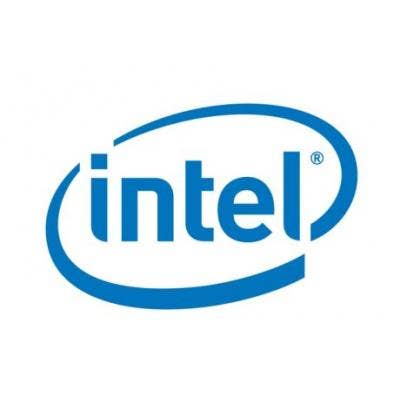
Olympic athletes catch up on e-mails at one of Lenovo's six Internet lounges spread throughout Beijing's Olympic Village. In all, Lenovo has set up more than 12,000 PCs, 800 notebooks, and 700 servers at the Olympics.
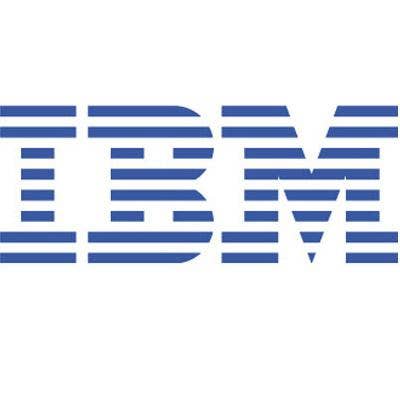
Tens of thousands of enthusiastic Chinese citizens flooded Beijing's Tiananmen Square last Saturday evening to celebrate the opening ceremonies of the Olympics. The vast, 109-acre square is the world's largest public area, capable of holding a million people, and is bordered by the Mao Mausoleum, the Great Hall of the People and the National Museum.
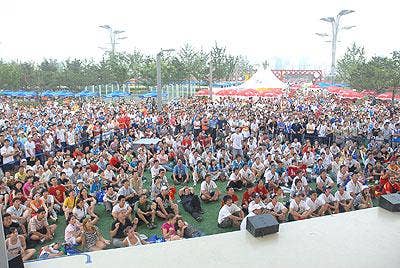
Thousands of spectators are flocking to Samsung's Olympic Rendezvous outdoor pavilion in Beijing to watch live broadcasts of Olympic events on giant televisions that represent the leading edge of Samsung's display technology.
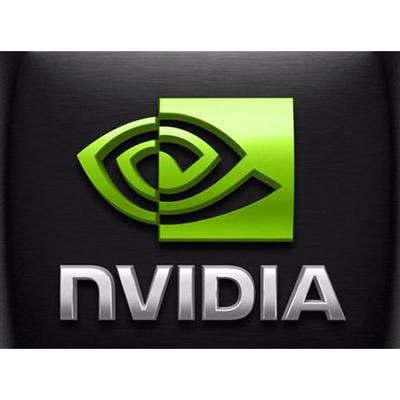
Olympics official sponsor Panasonic has deployed 14 of its giant Astrovision screens at the Olympics, including two inside the Beijing National Stadium, also known as the Bird's Nest. In addition, Panasonic has set up 15,000 plasma televisions, 2,100 video cameras, and 10 indoor DLP (Digital Light Processing) projectors.
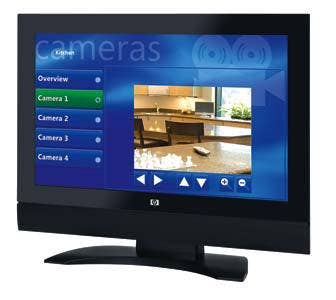
Lenovo technicians test equipment in the Beijing National Aquatics Center, also known as the Water Cube. During the 2008 Olympic Games, 630 competitive events will be held in 17 days, with each competition following closely on the heels of the last. Lenovo's networking gear located in the competition venues runs daily from 6 a.m. to midnight, while equipment in non-competition venues is running continuously 24 hours a day.

Prior to the start of the Olympics, Lenovo technicians prepare equipment for distribution to competition venues at the Beijing Olympic Logistics Center. Lenovo says the logistics involved in setting up its Olympics technology infrastructure are equivalent to those of a Fortune-100 level assignment.
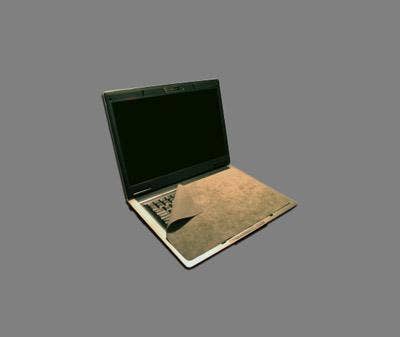
At the Olympics, Panasonic is taking full advantage of the opportunity to both showcase its latest and greatest consumer products and to educate the public on its higher-end display technologies.
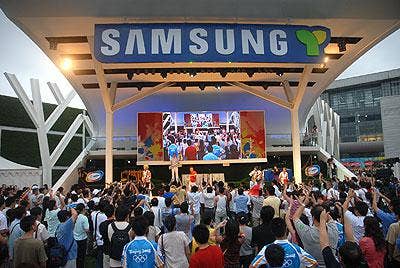
The Global Festival and the Olympic Rendezvous @ Samsung Freestyle Festival feature several of Beijing's most well known DJs, as well as traditional performances from five continents.
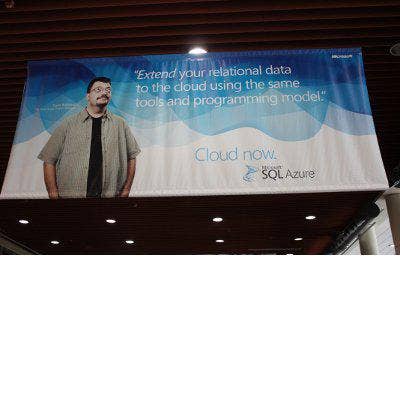
A Lenovo-branded bus carries visitors to the newly constructed Beijing National Stadium, also known as the Bird's Nest, the massive venue where last's week's Olympics opening ceremonies were held.
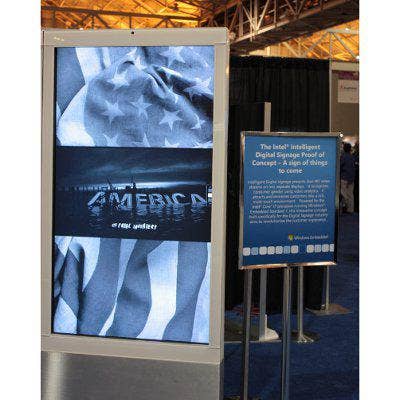
Tiananmen (Gate Of Heavenly Peace in English) is perhaps China's most recognizable symbol after the Great Wall. Situated to the north of Tiananmen Square, the Tiananmen gate provides access to the Forbidden City, the imperial palace that was home to China's emperors for nearly five centuries.
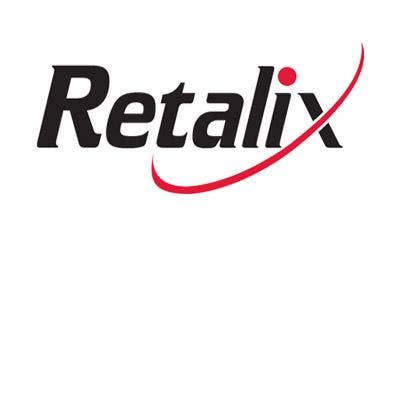
Panasonic is bringing its full weight of advertising and branding power to bear at the Olympics, as evidenced by this billboard that can be seen in subways and billboards all over the Chinese capital.